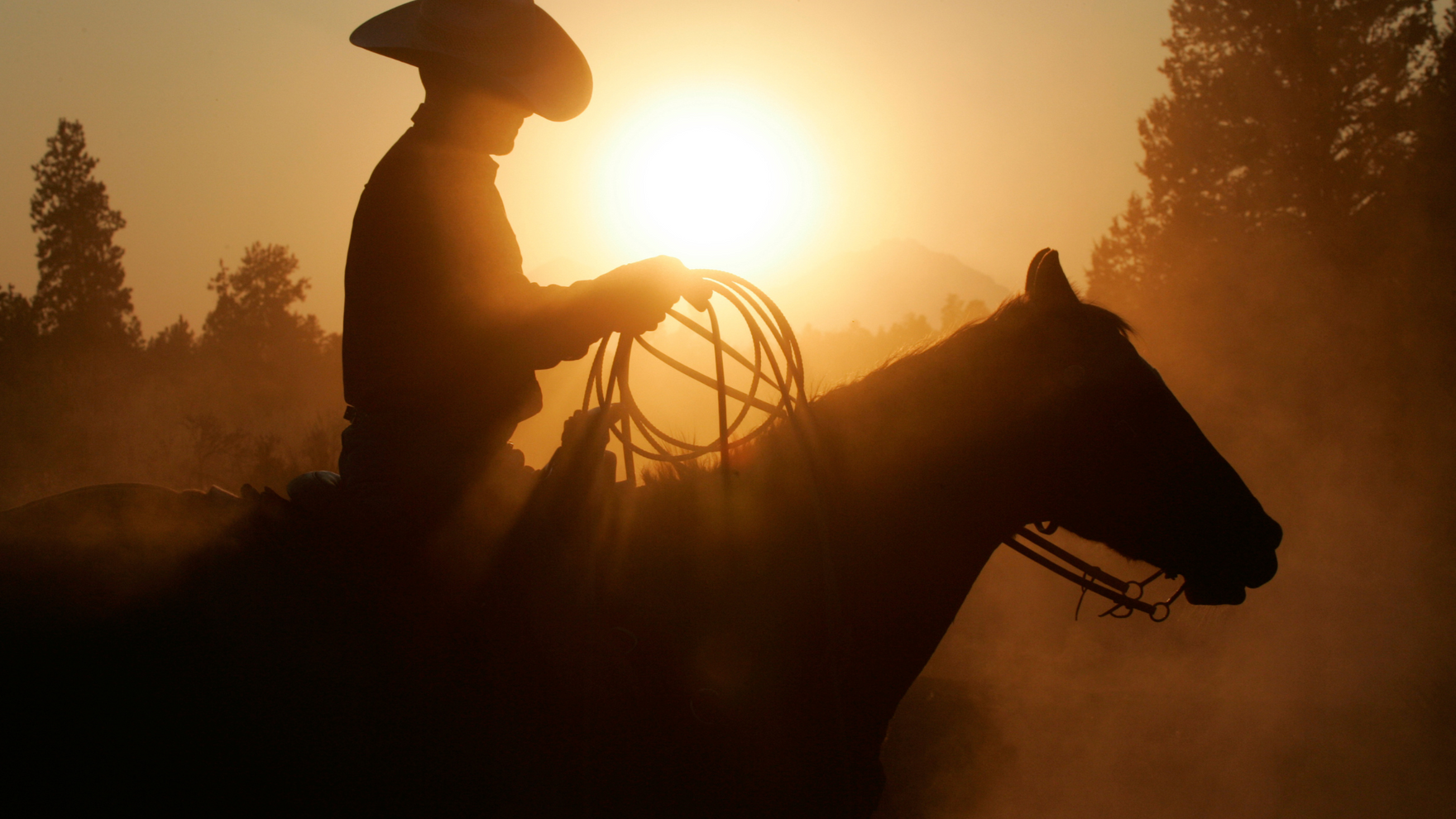In the shadowed aftermath of the North-West Rebellion, whispers of intrigue and tales of courage intertwined, weaving a tale that skirted the edges of history and legend. As the dust settled over the Canadian prairies, two figures emerged from the turmoil, determined to etch one final chapter in the saga of resistance. Gabriel Dumont and Michel Dumas, weary yet undeterred, crossed invisible lines into Montana on June 1, seeking sanctuary but finding purpose instead. Surrendering to U.S. troops at Fort Assiniboine, they found themselves unexpectedly free men by order of President Cleveland, recognized as political refugees in a land not their own.
Their freedom, however, bore the weight of unfinished business. The duo ventured to Spring Creek, a place of resupply and resolve, gathering supplies and funds for a daring endeavor - to orchestrate the escape of Louis Riel from the clutches of Regina's jail. A network of relay stations sprang up like wildflowers after a prairie storm, each one promising fresh horses, sustenance, and the protection of armed escorts. The prairies buzzed with the silent energy of a plan in motion, a testament to the enduring spirit of the Métis.
Yet, as with all tales of daring and defiance, a shadow loomed. Rumors, as insidious as the wind that sweeps across the plains, suggested a betrayal from within. A prominent Métis, name lost to the whispers of time, was said to have unveiled the plan to the Mounties, those ever-vigilant guardians of the law. The barracks in Regina, once a predictable stronghold, doubled its guard in silent answer to the unspoken threat. The Métis, a people caught between hope and reality, pondered the possibility of government complicity in Riel's escape, a political solution to a festering wound. Yet, they knew well the resolve of the Mounties; no political gambit would sway their duty.
The morning of Riel's execution dawned cool and crisp, a stark contrast to the heated emotions of those who awaited the day's grim proceedings. Riel, standing upon the gallows, cast his gaze upon the horizon, offering a poignant remark to a wagon man about the day's suitability for beginning a journey. It was a moment suspended between the earthly and the eternal, a final act of defiance in the face of the inevitable.
The question of what might have been lingers, a ghostly presence in the annals of history. Did Dumont and Dumas's plan come tantalizingly close to fruition, only to be undone by a whispered betrayal? Or was the increased security a mere coincidence, a precaution in turbulent times? The story of the attempted jailbreak remains shrouded in mystery, a tale of loyalty and betrayal, hope and despair. As with all legends, the truth lies somewhere between the facts and the folklore, a reminder of the sacrifices made and the dreams unfulfilled in the quest for justice and freedom.

